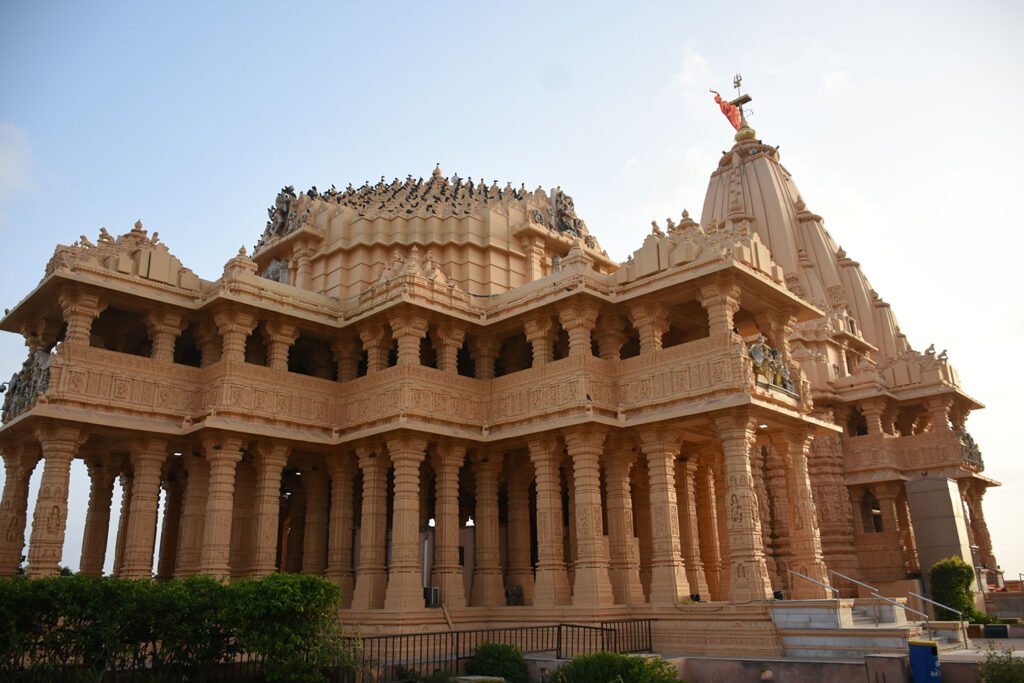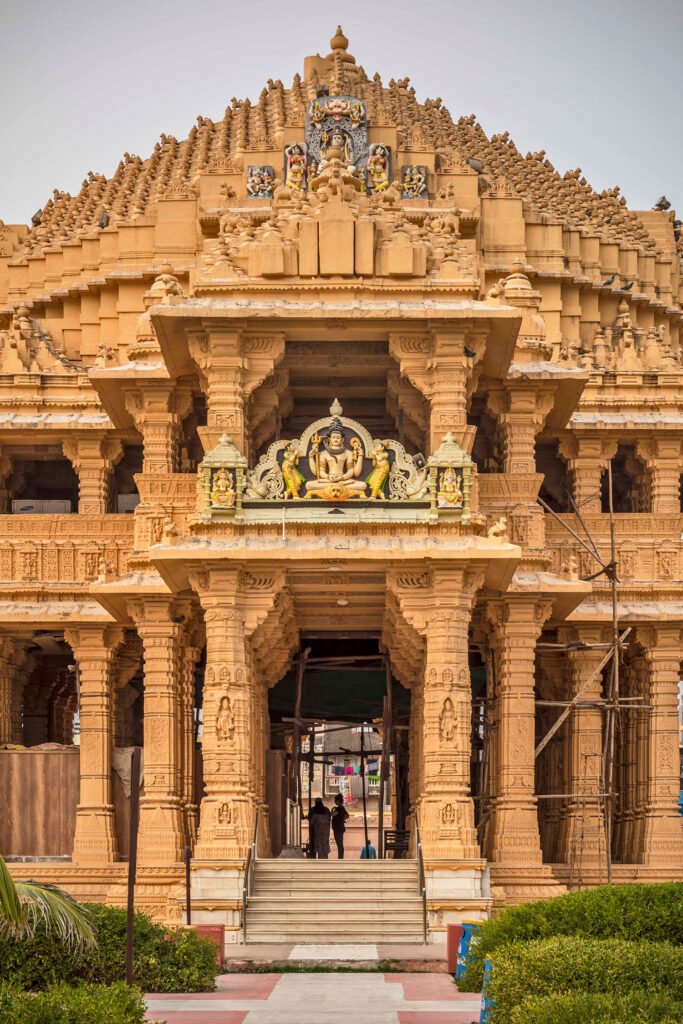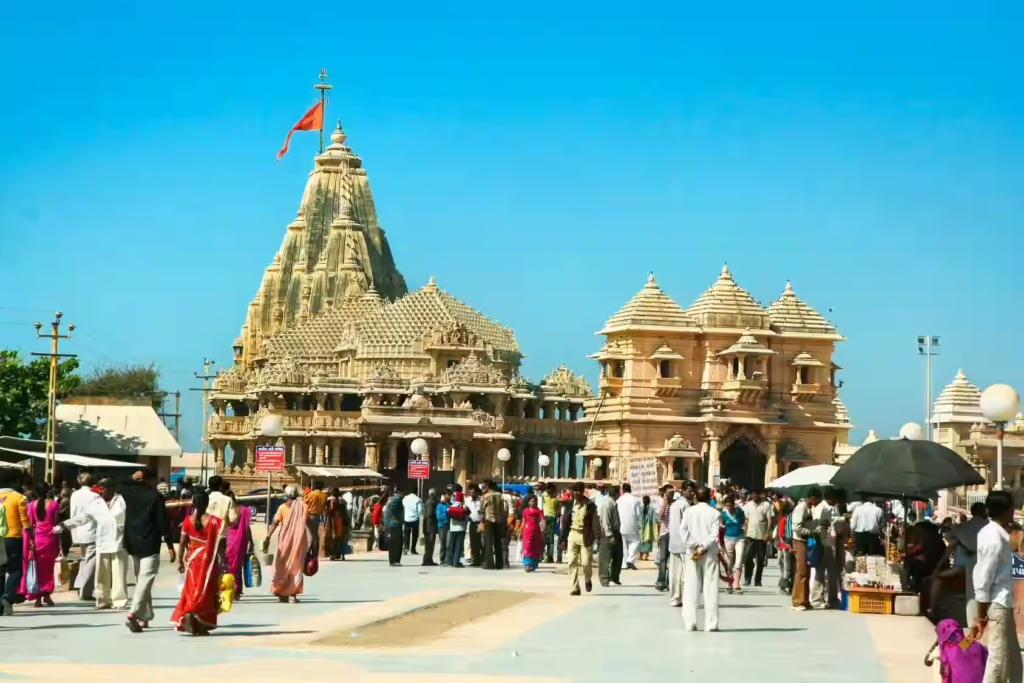
Friends, welcome to Gujarat Top Blog! Today, we have explained the significance of the Somnath Temple in detail! Somnath Temple is One of the twelve Jyotirlingas of Lord Shiva, the Somnath Temple is a symbol of India’s spiritual heritage and resilience. The temple is situated at Prabhas Patan near Veraval in the state of Gujarat, India and is visited by millions of pilgrims and tourists each year. The temple is regarded as one of the most sacred and famous temples in India due to its past, spiritual, and architectural magnificence.
Table of Contents
Ancient Legend of Somnath Temple
AnThe Somnath Temple has a rich and eventful history, having been destroyed and rebuilt multiple times.cient Legend of Somnath Temple
Ancient Origins:
As per Hindu mythology, the temple was originally made of gold by the Moon God (Chandra) to plead Lord Shiva for relief from a curse. It was later rebuilt in silver by Ravana, then wooden by Lord Krishna and then it was stoned by King Bhima during Mahabharat.
Dismantling, Building Up:
The temple suffered destruction six times, over the centuries, at the hands of invading enemies who attacked its wealth and vandalised its Shiva Linga from Mahmud of Ghazni in 1025 AD.However, the temple was always rebuilt after its desecartion by various other rulers are Alauddin Khilji and Aurangzeb, symbolising the resurgence of Hindu culture.
Modern Rebuilding:
This present structure was rebuilt in 1951 March by Sardar Vallabhbhai Patel, India newly established first Deputy Prime Minister as a piece of social recovery after India’s independence.

Architectural Grandeur
Characterised by its ornate architecture, the temple is designed in the Chalukya style featuring detailed carvings and a grand structure.
Exterior Design:
Shikhar (spire): 50 meters high Kalash (pinnacle at the top of a temple) weighing approx. 10 tons
Carvings of gods, flowers and abstract forms decorate the outside walls.
Garbhgriha (Sanctum sanctorum)
It is in this sacred space that the Jyotirlinga is housed, representing the limitless power of Lord Shiva.
Sea-Facing Position:
Its location is strategic and close to Arabian Sea, where the temple locates. A Baan Stambh pillar where it is believed that if one goes from Somnath to Antarctica in a straight line, there would be no land.
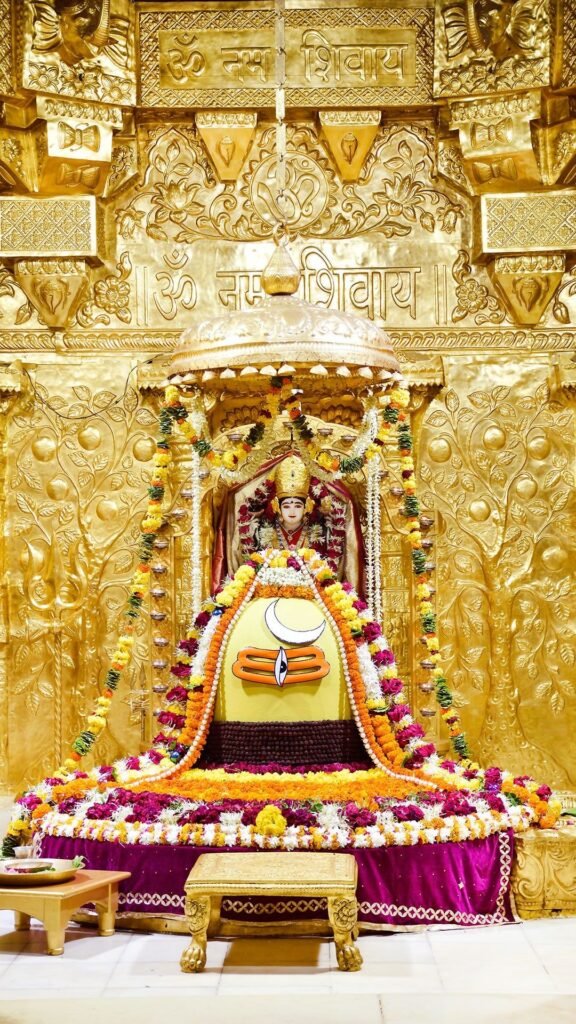
Mythological Importance
Legend of the Moon God:
Somnath is a name that translates to Lord of the Soma, referring to the Moon God Chandra. Chandra worshipped Lord Shiva over here in order to restore his brightness after Daksha (his father-in-law) had cursed him to fade away.
Relation to Lord Krishna:
The Dwapara Yuga ended when Lord Krishna performed his last deed on Earth here near the Somnath Temple.
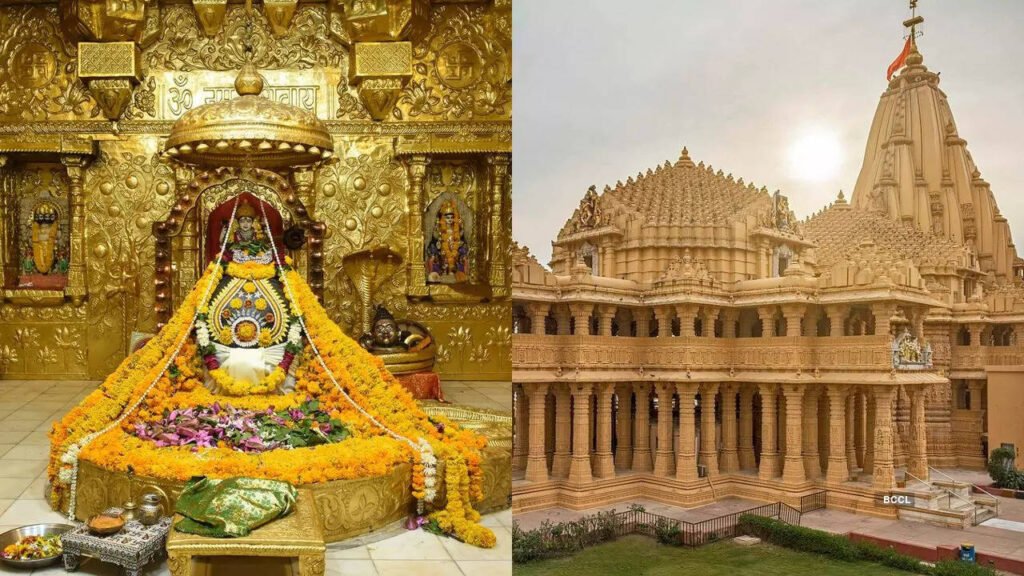
Spiritual Significance
A Jyotirlinga Shrine:
Somnath is the first Jyotirlinga of our twelve Jyotirlings, it stands for Shiva which has no shape or form as god. It is believed that a visit to Somnath washes away all the sins of an individual and grants him/her with liberation (Moksha).
Annual Festivals:
The temple welcomes thousands of devotees from across the country for grand celebrations during Mahashivaratri.
Also View : – Best Places To Visit In Gujarat
Tourism and Facilities
Nearby Attractions:
Prabhas Patan Museum :
Contains relics from the temple’s history such as ancient stone inscriptions.
Prabhas Patan, near Somnath Patan is a place which has its roots in history Somnath Temple is arguably the most visited site, where it has seen a long history of invasions, destructions and renovations. The Prabhas Patan Museum captures the treasures of the land that are a witness to history.
* Most of them are excavated items from the neigbhouring site during the excavation of Somnath temple and neighbourhoood area reflecting ancient heritage of this place and it’s importance in Indian History.

Triveni Sangam:
Where Hiran, Kapila and Saraswati rivers meet.
Triveni Sangam near Somnath, Gujarat Where Hiran joins Kapila and Sarswati This location is very pious and auspicious nature of place to perform poojas and ceremonies and has great importance among Hindus. The Triveni Sangam is one of the coolest places to visit near Somnath Temple where devotees as well as tourists who are seeking natural beauty and spiritual comforts come to spend some time.

Bhalka Tirth:
The place where Lord Krishna is said to have dropped his mortal coil
Bhalka Tirth, situated near Somnath in Gujarat, is a holy pilgrimage site closely associated with the legend of Lord Krishna. Here, it is believed that Shri Krishna left his mortal coils to return to heaven after being accidentally shot in the foot by a hunter’s arrow at this site where he fought with Evil and subsequently, brought Dwapara Yuga to an end.
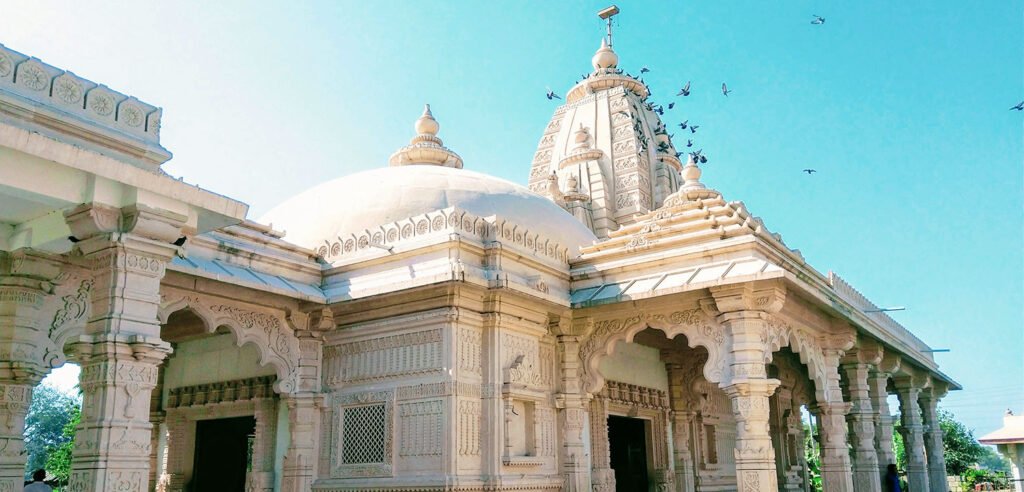
Modern Facilities:
There is a light and sound show available in the temple complex where they tell us about the history of this temple.
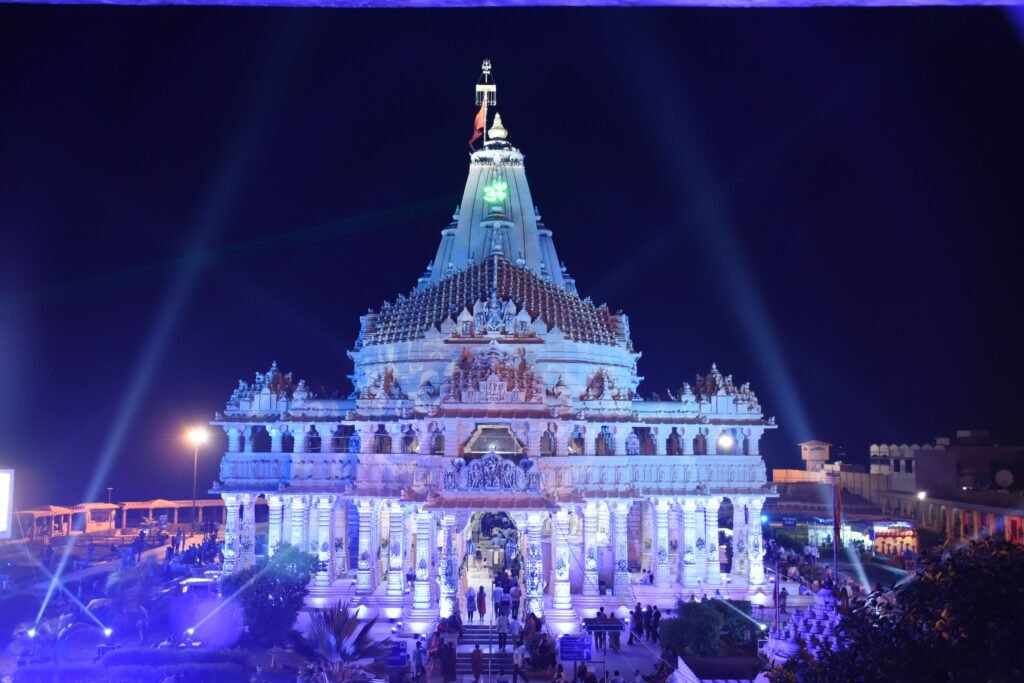
* The sea front has an excellent promenade that must be one of the better kept expanses in Europe.
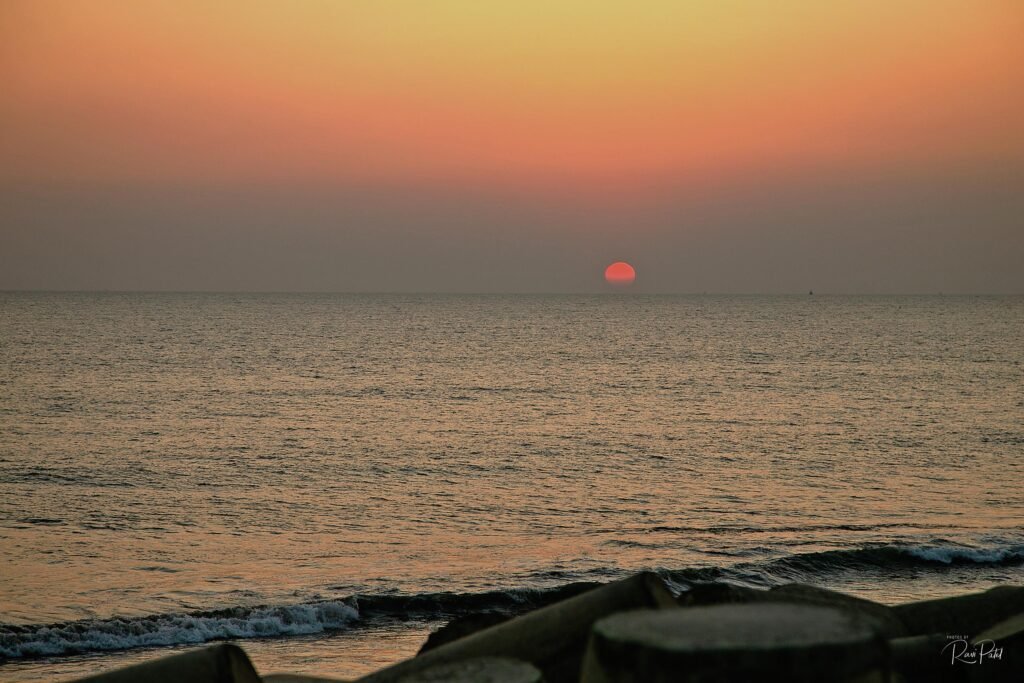
How to Reach Somnath Temple
By Air:
The nearest airport is Diu (65 km) or Rajkot (200 km).
By Rail:
Veraval Railway Station 7 km from the temple, is well connected with all major cities of Gujarat and India.
By Road:
Somnath is well-connected to Ahmedabad, Rajkot and Junagadh by regular bus services and is also easily accessible by a private taxi.
Gallery :




